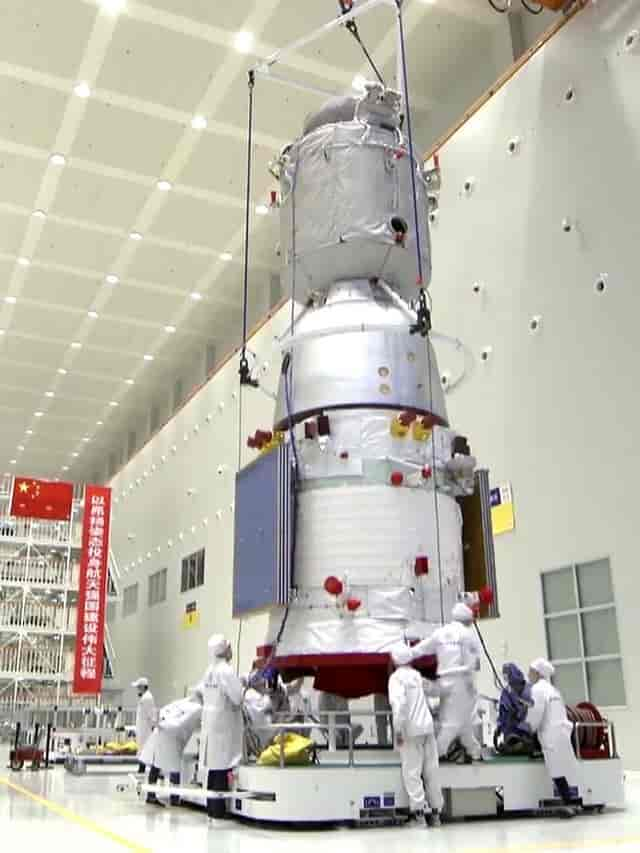Scientists suggest adapting a Mars ISRU system to accommodate the evolving Mars environment.
Scientists have proposed a groundbreaking solution to the challenges of future human missions to Mars – producing oxygen on the Red Planet itself. This innovative technique, known as in situ resource utilization (ISRU), involves drawing oxygen from Mars’ abundant carbon dioxide (CO2). Recent advancements, such as the Mars Oxygen ISRU Experiment (MOXIE) Project, have demonstrated the feasibility of converting Martian CO2 into oxygen. Now, researchers Donald Rapp and Eric Hinterman have outlined a model for a full-scale Mars ISRU system in their latest study, published in Space: Science and Technology.
The researchers’ model focuses on producing 30 metric tons of liquid oxygen over a period of 14 months, taking into account the diurnal and seasonal shifts in the Martian environment. Central to their proposed system are electrolysis cells, which convert Martian CO2 into oxygen. The Mars atmosphere is drawn into a compressor, which compresses the gas to the designated stack pressure. Heat exchangers then pre-warm the gas to the stack temperature before it enters the electrolysis cells.
The intricacies of the system are vast. To ensure efficient oxygen production, the voltage across the cells must remain within specific parameters. It should be above the 0.96 V Nernst voltage for oxygen production, but below the 1.13 V Nernst voltage to prevent unwanted carbon deposition. The researchers also considered operational factors, proposing a 14-month run with an average oxygen production rate of 3.0 kg/h, totaling 30,240 kg of oxygen. Various control schemes were suggested to optimize operations, including managing the electrolysis stacks and the compressor’s revolutions per minute (RPM).
The study delves even deeper into the technicalities of the system. The researchers examined area-specific cell resistance, current density, and flow rate across different control strategies, each with its own characteristics and operational voltages. The power requirements of the solid oxide electrolysis (SOXE) system were also analyzed, with additional power needs for preheating and compensating for heat loss. The efficiency of the compressor, taking into account motor losses and other factors, was considered as well. Lastly, the rate of heat extraction from the system by the cryocooler was evaluated, which is important for cooling gaseous oxygen to its boiling point and subsequently liquefying it.
This comprehensive study on the ISRU system represents a significant step towards making Mars missions more self-sufficient. By utilizing the resources of the Red Planet, future astronauts will be able to produce the oxygen they need for ascent and potentially for life support. The researchers’ proposed model offers a promising solution to the challenge of transporting large amounts of oxygen from Earth, making future human missions to Mars more feasible and cost-effective.
Overall, this study demonstrates the potential for adapting a Mars ISRU system to the changing Mars environment, paving the way for a new era of exploration and colonization on the Red Planet. With further advancements and refinements, future astronauts may be able to rely on Mars’ resources to sustain themselves during their missions and beyond.
